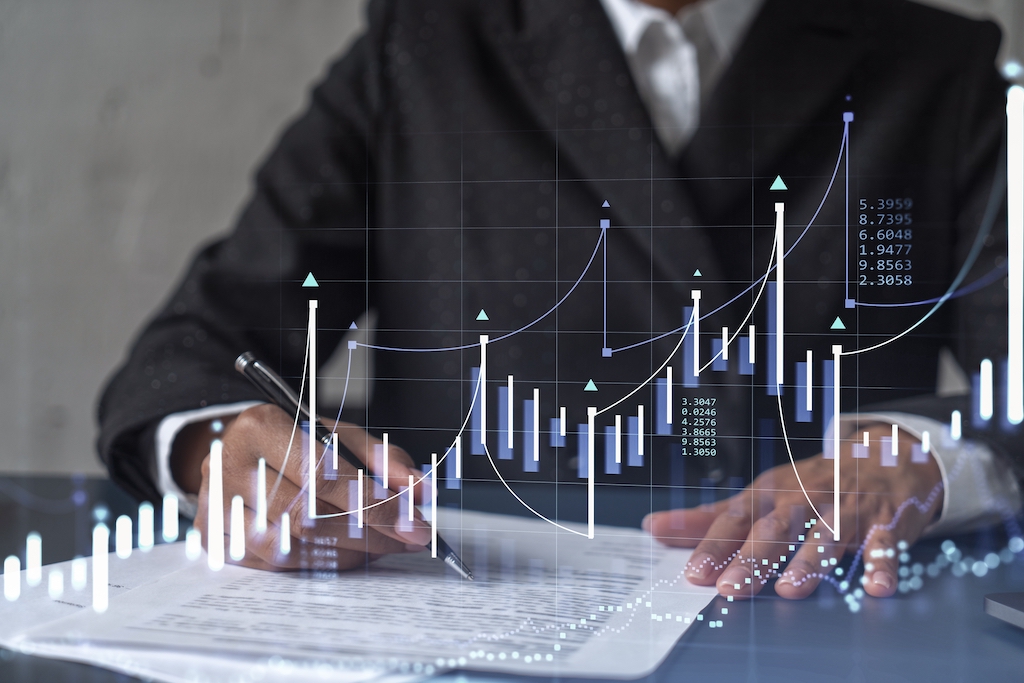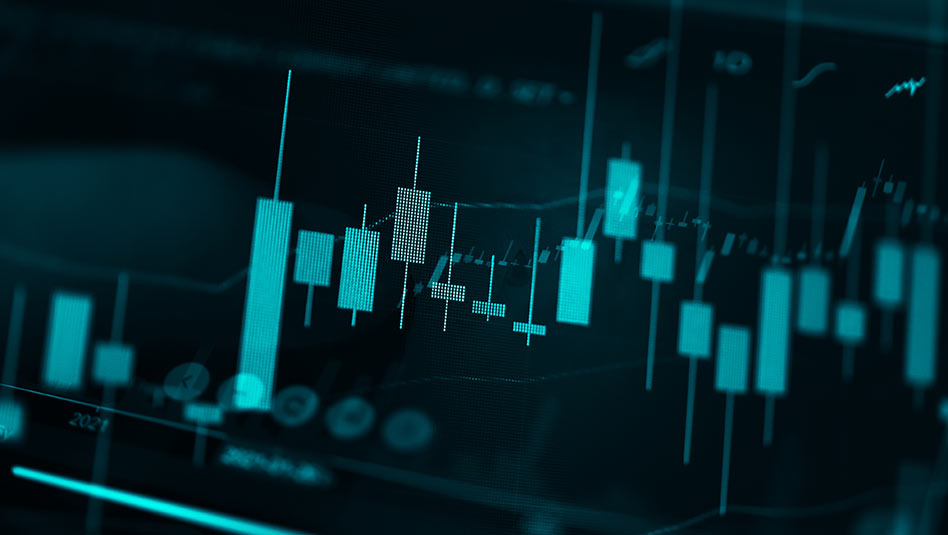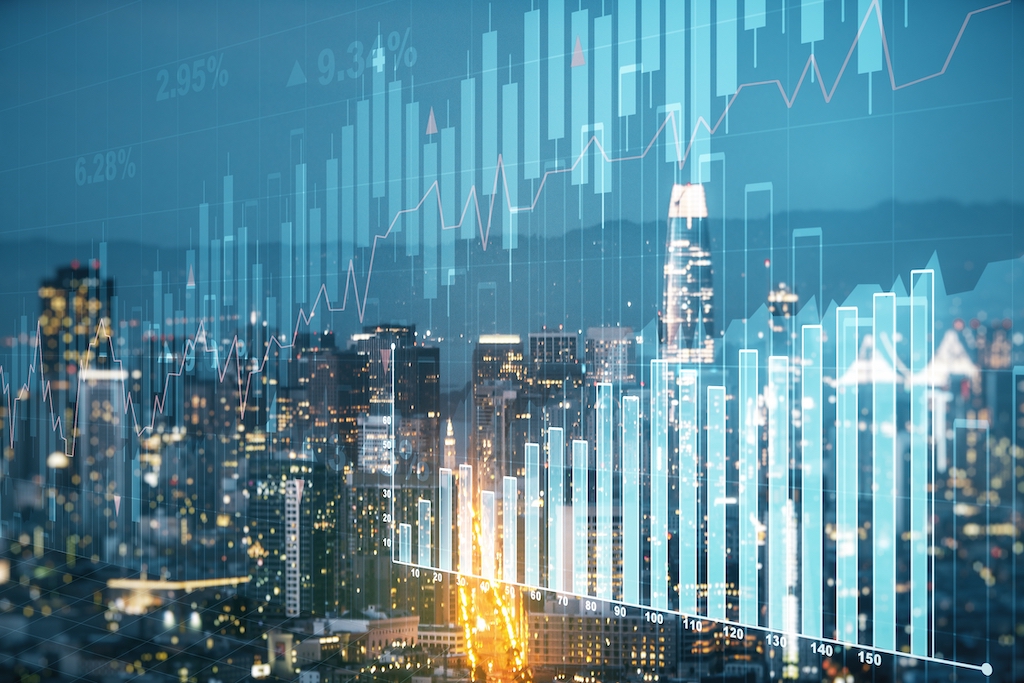NEW YORK, Oct 13 – Investors in the coming week will get a look at the state of US consumers – whose spending drives around two-thirds of the economy – with a US retail sales report and earnings due from Procter & Gamble, Netflix, and a slew of banks.
Durable consumer spending has been a key reason for the economy’s resilience in the face of higher interest rates, with a better-than-expected economy supporting stocks this year. The S&P 500 is up about 13% year-to-date, though it has retreated roughly 6% from highs reached in late July.
Retail sales data, due out on Tuesday, may have to walk a tightrope to satisfy investors. A number that is far stronger than expected could stir fears of a rebound in inflation and bolster worries that the Federal Reserve will need to keep rates elevated for longer.
Conversely, a weak number could reignite concerns of an economic downturn that the US has so far managed to avoid, despite the Fed raising borrowing costs to their highest levels in decades.
“It’s hyper-important to us because that’s really what has been resilient in this economy,” said Art Hogan, chief market strategist at B Riley Wealth. “We really want to see what consumers are doing versus what they’re saying.”
Retail sales are expected to have risen 0.3% on a monthly basis in September, according to economists polled by Reuters.
As third-quarter earnings season heats up, investors are also on guard for signs that the conflict between Israel and Hamas is widening. Investors headed to safe-haven assets such as Treasuries and gold on Friday amid worries the conflict could intensify over the weekend.
There have been some signs that consumer strength may be wavering. A survey on Friday showed US consumer sentiment deteriorated in October, with households expecting higher inflation over the next year. The third straight monthly decline in sentiment reported by the University of Michigan was nearly across all demographic groups.
Major US banks on Friday warned the economy was slowing as customers depleted their savings.
“There are a lot of questions around how the consumer is holding up,” said Walter Todd, chief investment officer at Greenwood Capital.
As earnings reports arrive, investors will also focus on comments from bank executives about whether Americans are defaulting on loans and paying back credit card debt. Bank of America BAC.N reports results on Tuesday, with a number of regional banks expected in the coming week as well.
Earnings reports from other industries will also offer views on consumer behavior. They include consumer products giant Procter & Gamble, electric vehicle maker Tesla, streaming company Netflix, casino operator Las Vegas Sand, and America Airlines Group.
Todd, of Greenwood Capital, is focused on insight from companies about the cumulative effect of “higher inflation and higher rates on the consumer.”
“Throw on top of that the student loan payments kicking back up, that should all put incremental pressure on their ability to potentially spend,” he said.
To be sure, a strong retail sales number could also spark concerns, potentially renewing worries that a too-hot economy will push the Fed to take a more hawkish interest rate stance.
Such an outcome could extend a rise in Treasury yields that has pressured stocks in recent weeks. The US 10-year benchmark yield currently stands at 4.65%, after hitting a 16-year high earlier this month.
Jack Ablin, chief investment officer at Cresset Capital, said he is looking for the benchmark Treasury yield to come “off the boil” and fall to around 4.5%, boosting investors’ appetite for risk.
“If indeed we see waning strength in consumer spending, that will likely take some of the pressure off interest rates and the Fed,” Ablin said. “The conclusions from the consumer next week, I think, is going to be bad news is good news.”
(Reporting by Lewis Krauskopf; Editing by Ira Iosebashvili and Jonathan Oatis)







 DOWNLOAD
DOWNLOAD










